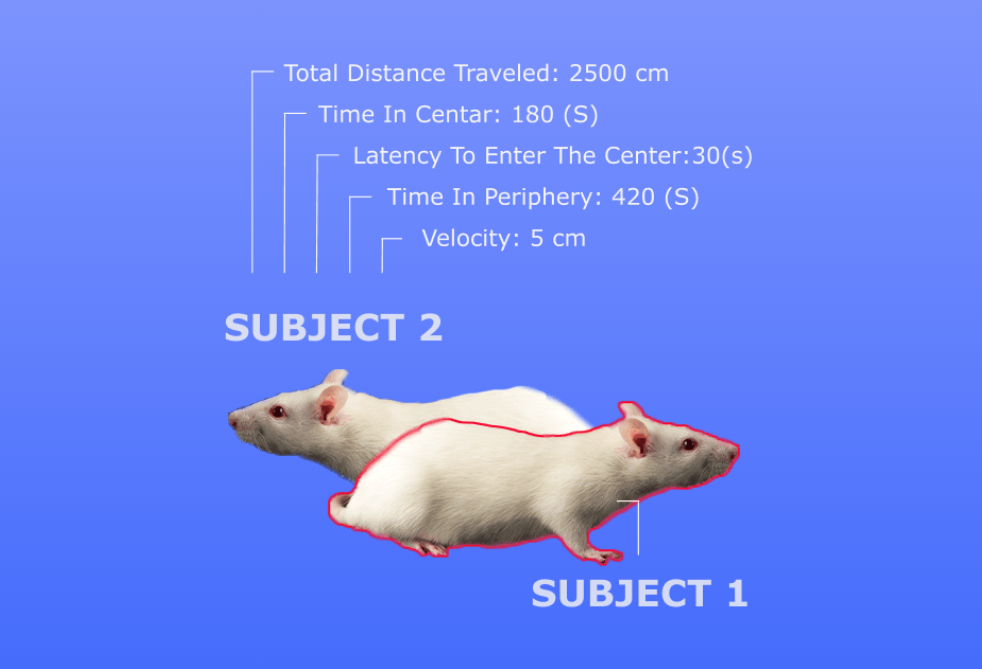
When tracking animal behavior, video quality is integral to accurate results. However, researchers, specifically for those new to behavioral analysis and phenotypes, may not know where to start.
At Conduct Science, we have been helping researchers with their apparatus needs for over 10 years and know a thing or two about video tracking, especially since the launch of our own video tracking package ConductVision. Follow our tips below for optimal video tracking for the most accurate data analysis and results!
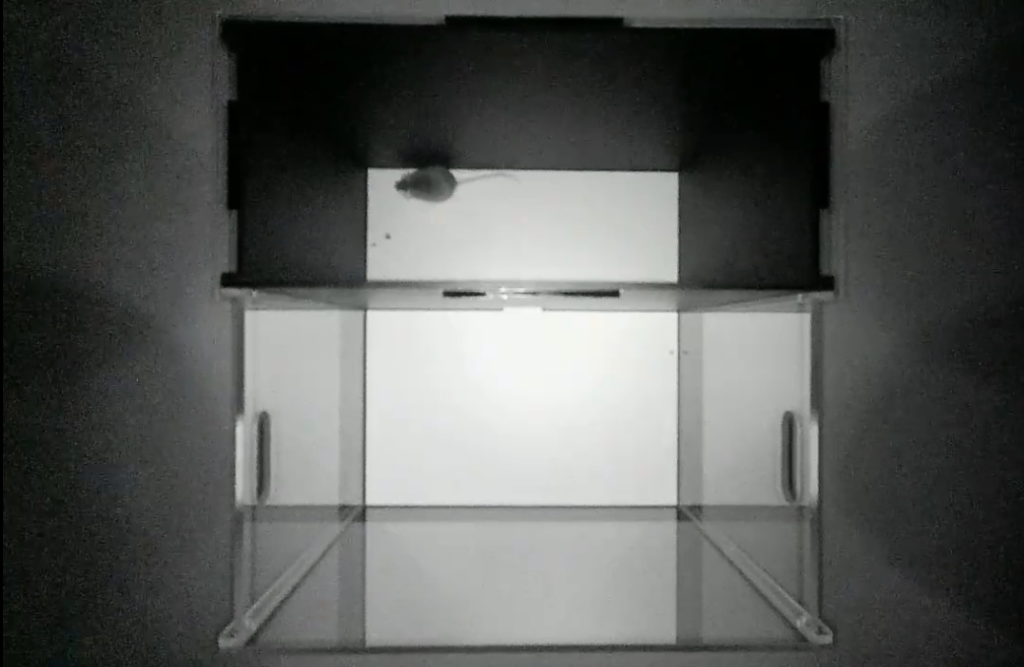
For accurate video tracking, you need a camera that will track fine details (resolution) at a speed to keep up with the subject’s movements (frame rate). We recommend our customers use a camera with specifications similar to the following at minimum:
Our camera model features these specifications with a plug-and-play design, no drivers or software required. See for yourself below, all these videos were shot with a camera with the above specifications.




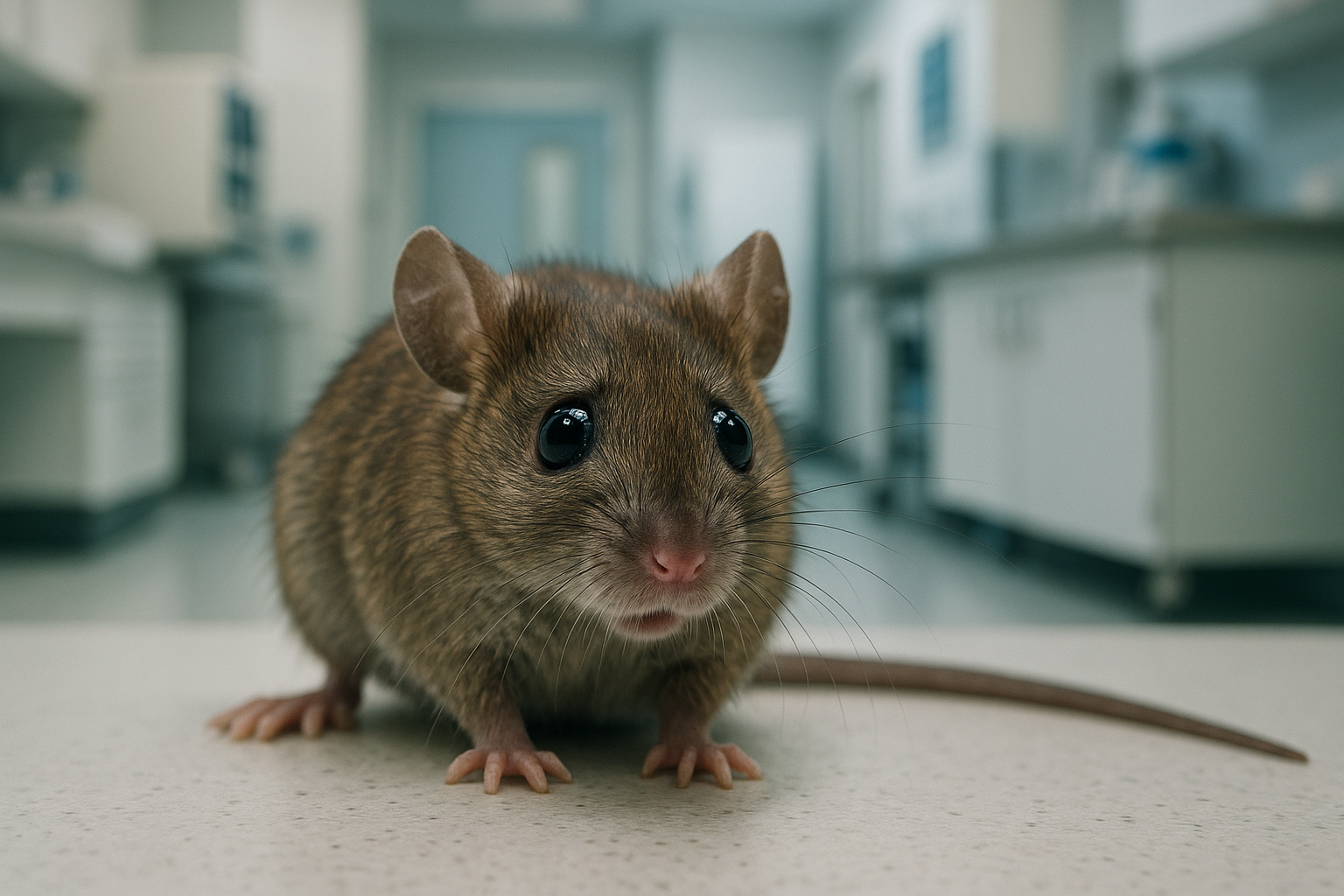
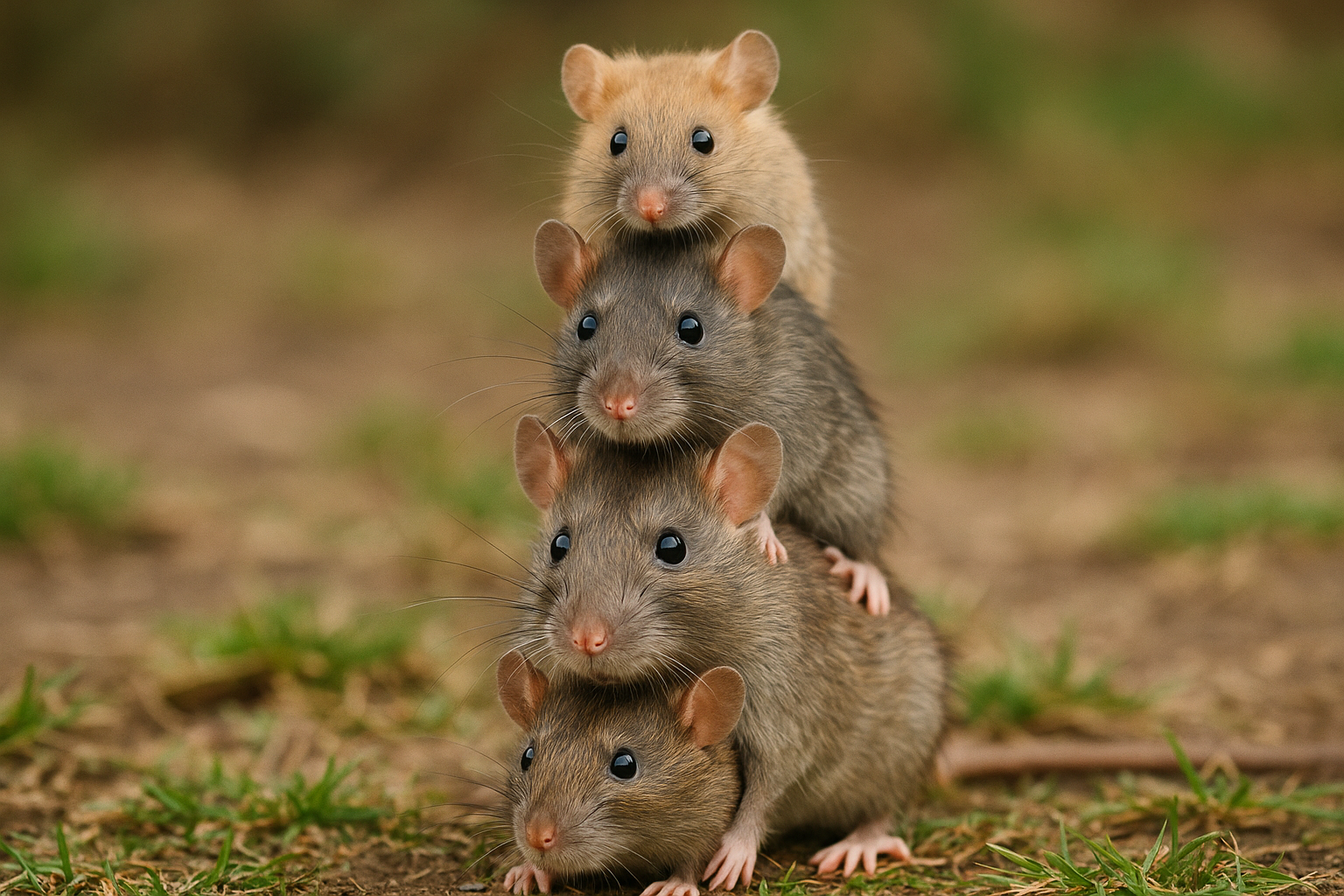

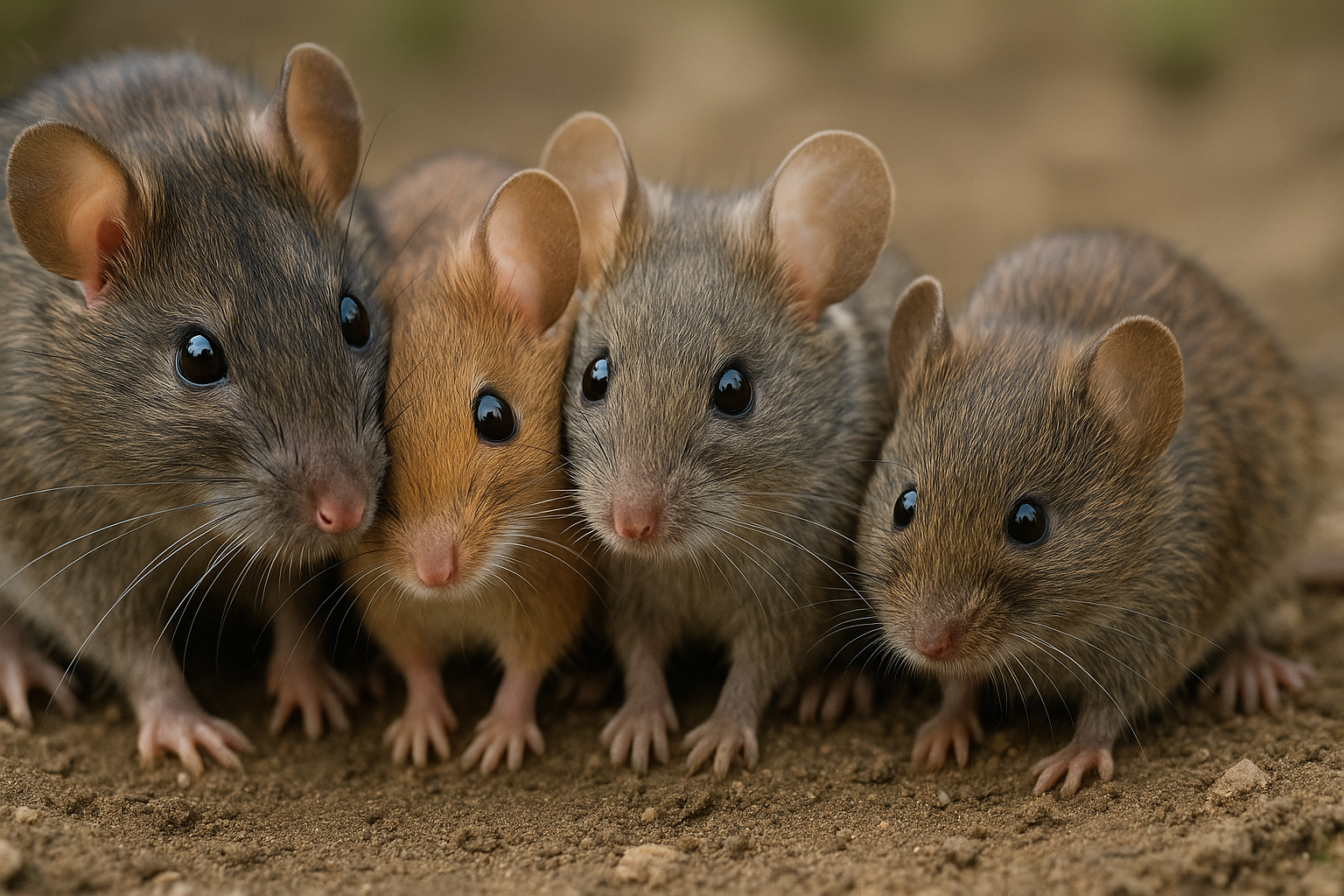
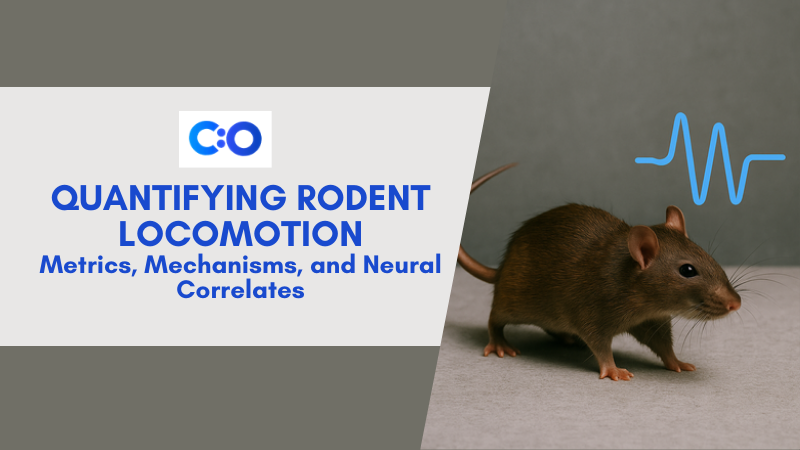
Now that you’ve picked the right camera, the next step is mounting it above the maze properly. You need to ensure that the camera is mounted directly above the center of the maze with the entirety of the maze in the camera view.
To mount your camera, an adjustable ganty is a good choice to adjust the height of the camera above the maze as required and to ensure camera stability while shooting.
If your maze is a square or rectangle, align it perpendicular to the camera (see the image below as a good example).
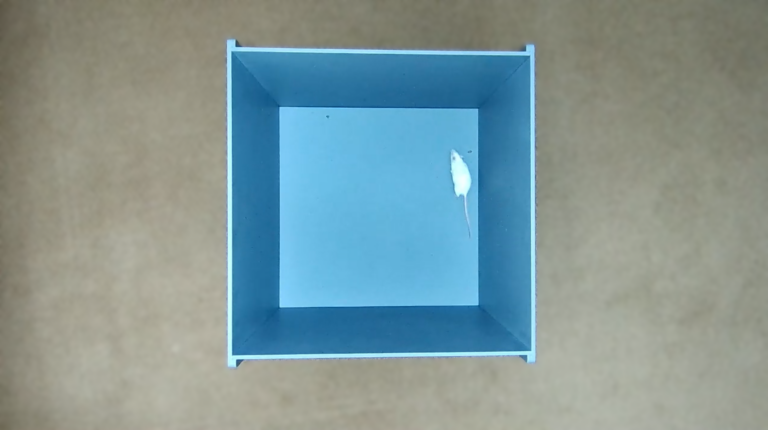
It is very important to align your maze properly to the camera as when you need to track your footage, you’ll need to draw the tracking area in the software (see the image below as a good example).
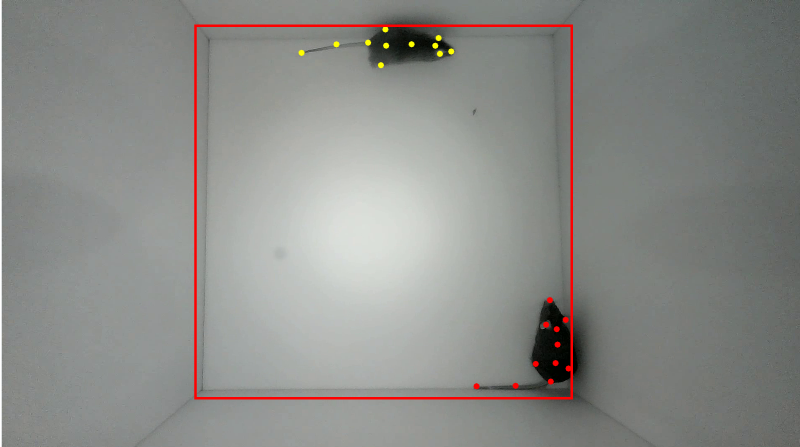
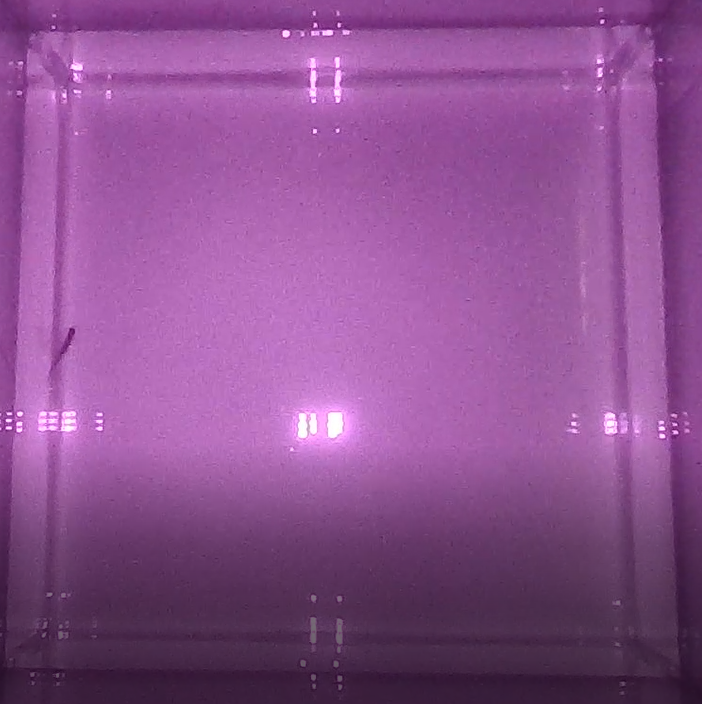
Ideally, the maze used in your trials should be well-lit across the entire maze as necessary (with exceptions such as the Light Dark Box) with no lighting reflections, as this will affect the accuracy of video tracking.
We recommend using a diffuse lighting source, such as studio cameras or ring lights and placing them at the sides of the maze to avoid direct reflection of the lights from above.
As you can see in the image on the left of a Zebrafish Open Field in infrared (IR) conditions, it can be difficult to provide appropriate lighting when using a water-filled or clear maze.
It can take some adjustment to avoid reflections, some tips include:
While our software can run on a standard laptop, for optimal running of the software, we recommend using a laptop with an integrated graphics processing unit or (GPU). Essentially akin to a gaming laptop. We recommend the following specs:

There are many different options for video tracking packages on the market and it’s important to pick the right package for your needs and requirements. When choosing a software package, it’s important to consider:

Dr Louise Corscadden acts as Conduct Science’s Director of Science and Development and Academic Technology Transfer. Her background is in genetics, microbiology, neuroscience, and climate chemistry.
